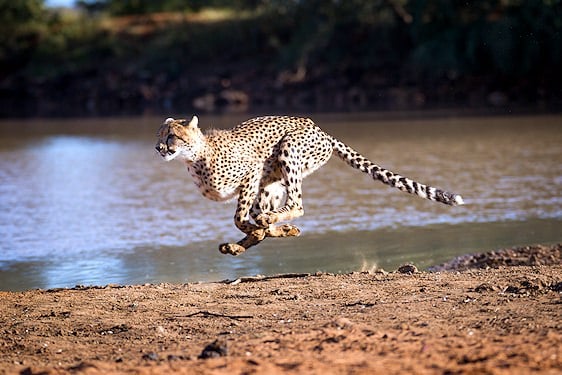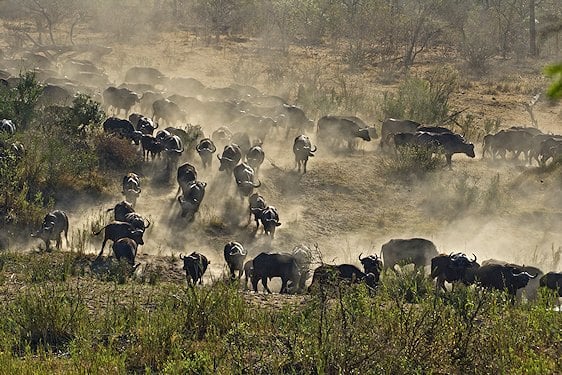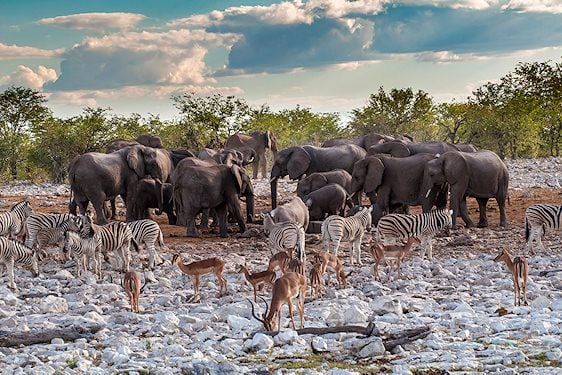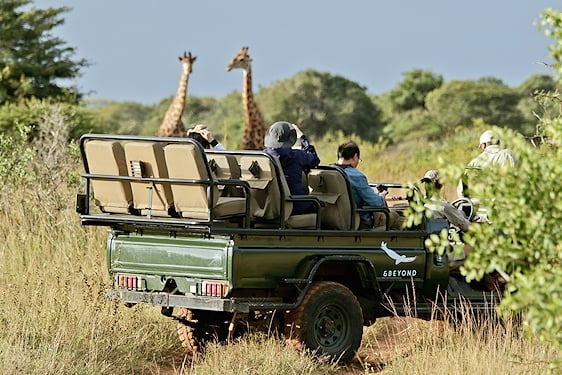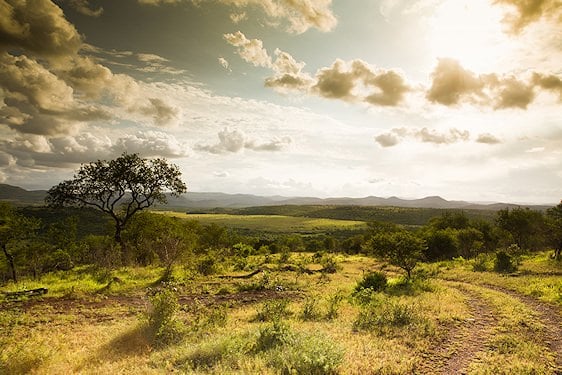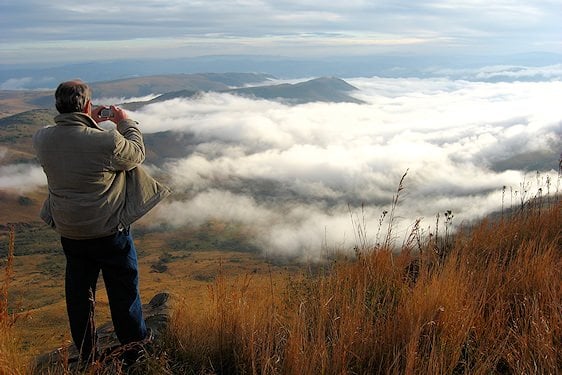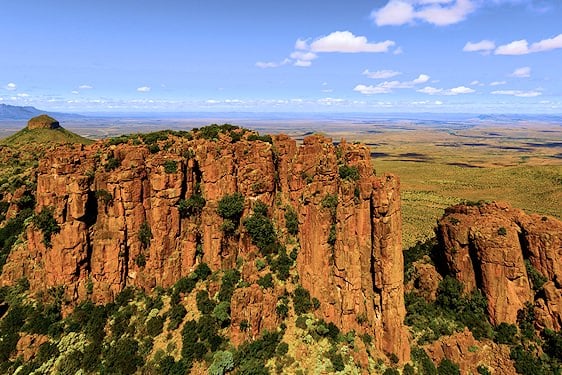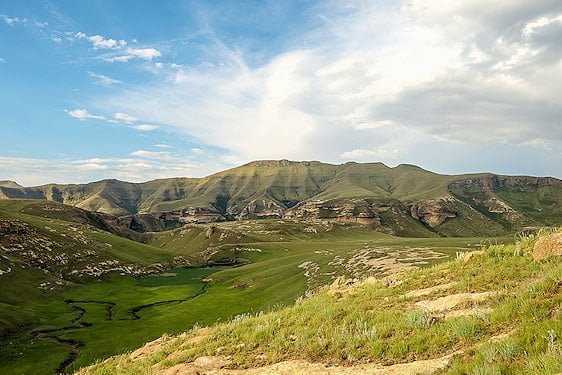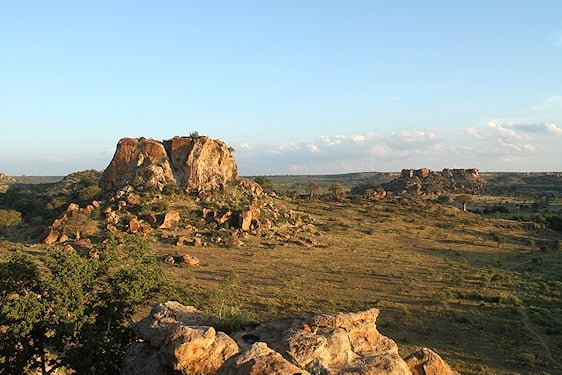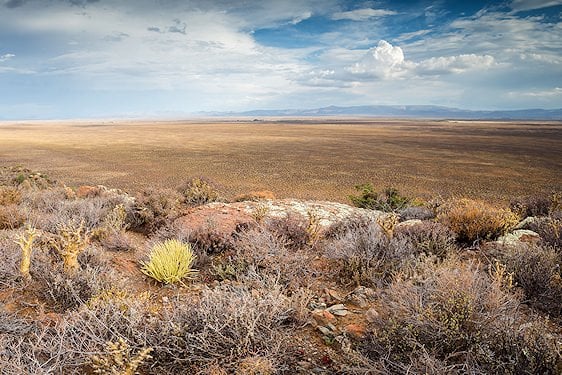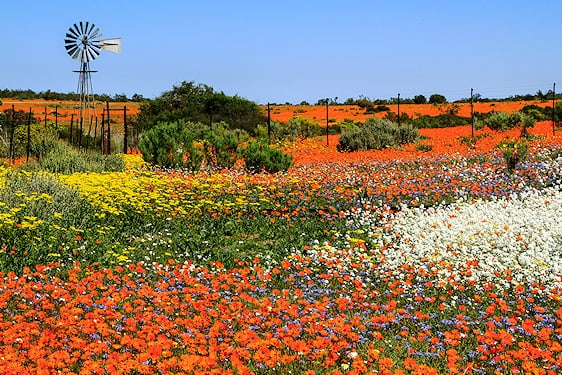- Home
- >
- African Travel
- >
- South Africa
- >
- National Parks
- >
- Kruger National Park
- >
- Mammals
- >
- Slender Mongoose
Description
Its body is noticeably leaner than most mongoose, and the lighter, variable coat can range from reddish to gray depending on region and subspecies. The most distinctive field mark is the black-tipped tail, which contrasts with the long, slender form and agile movement. Small tracks and quick, low dashes often reveal its presence to a careful observer on a quiet road.
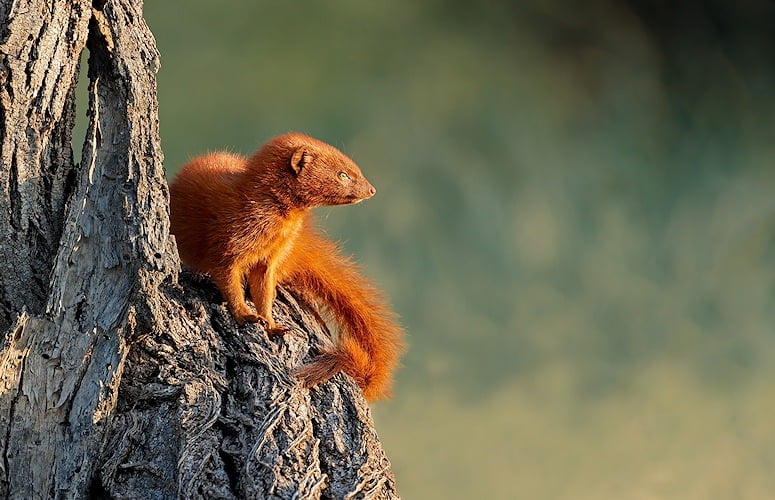
They are widespread throughout Sub-Saharan Africa, from the Horn of Africa to parts of the KwaZulu-Natal province in South Africa. This range excludes the Namib Desert’s coastal regions in Namibia and most of the Cape and Karoo in South Africa.

Status
The species is not currently threatened and is considered the most common mongoose in many parts of sub-Saharan Africa. Broad distribution generally reflects a healthy status, and most recognized subspecies are listed as of Least Concern. Population size is not precisely known; localized studies in East Africa report densities around 3 to 6 individual per square kilometer, but figures vary by habitat and prey availability.

Habitat
Slender mongoose adapt to a wide range of temperatures, rainfall patterns, and humidity across Africa. They occupy shrubland, savanna, woodland edge, rocky outcrops, and human-modified landscapes where prey is reliable. Usual prey includes grasshopper, rodent, snake, bird, lizard, and especially termite. They may shelter in disused termite mounds, rock crevices, hollow tree, or ground burrow, selecting sites that offer cover and vantage points for quick foraging.

Social Organization
In the wild, social organization is primarily territorial. Adult male defend home ranges averaging about 50 ha (approximately 0.5 square kilometers). Female maintain overlapping ranges, often intersecting with one or more male territories; mating typically occurs where ranges overlap. A dominant male may sometimes tolerate a subordinate male without a territory. Scent marking, patrolling, and vocal cues reinforce boundaries and reduce conflict while allowing brief, seasonal association.
Finest Safari Areas in Africa for Encountering Slender Mongoose
We recommend the following National Parks and Private Reserves for the best chances of spotting Sharpe's grysbok on safari game drives and bush walks.

Social Behavior
Territory marking and scent play major roles in social behavior. Male and female often mark boundaries with urine and dung, and both possess anal glands that secrete a strong-smelling substance used on objects and track edges. Marking intensifies in the mating season, when a male refresh a route frequently. Alarm calls and rapid dashes to cover are common, with cover chosen to maintain line-of-sight to approaching threat.

Reproduction
Female can enter estrus at any time of year and may remain receptive for about a week. Courtship is brief; initial attempts are often initiated by a male that encounters a receptive neighbor. Early matings are short, lengthening as estrus progresses. After successful fertilization, gestation lasts roughly two months, and the female typically bears a litter of two to four young in a sheltered den with ready access to prey.

Anti-Predator Behavior
Small body size makes slender mongoose vulnerable to medium and large predator. Eagle are a frequent aerial threat; individuals give alarm calls and dive for cover when one is spotted. Although they may prey on small snake, larger venomous snake can pose serious risk. Vigilant scanning, rapid retreat to cover, and use of complex structure such as rocks and thickets help reduce encounters and improve survival.

